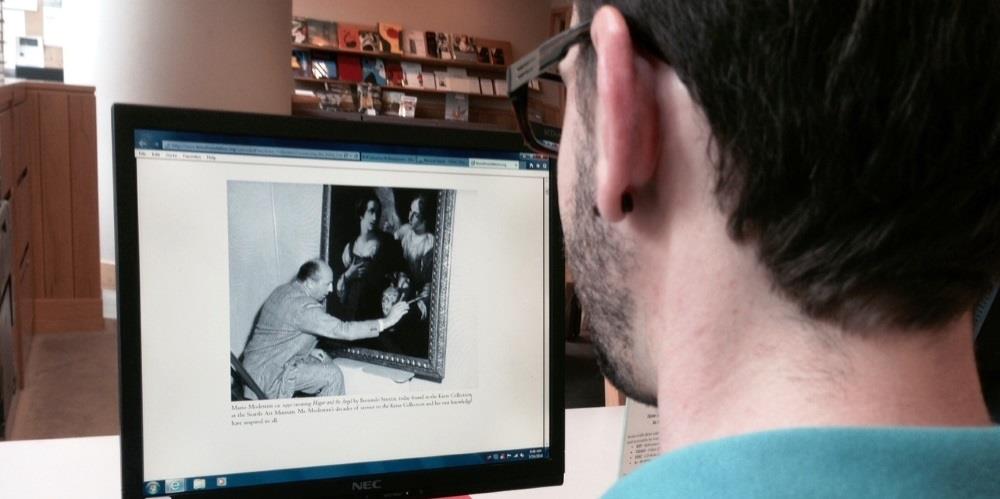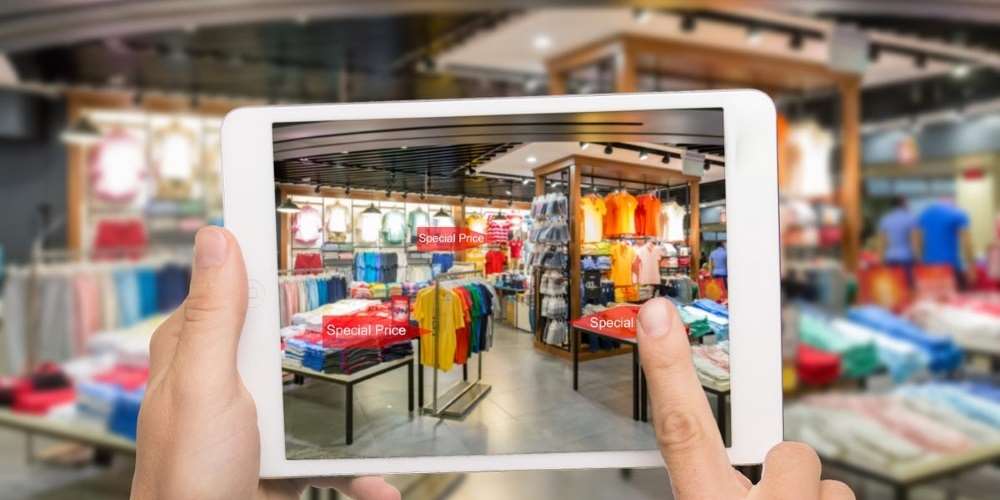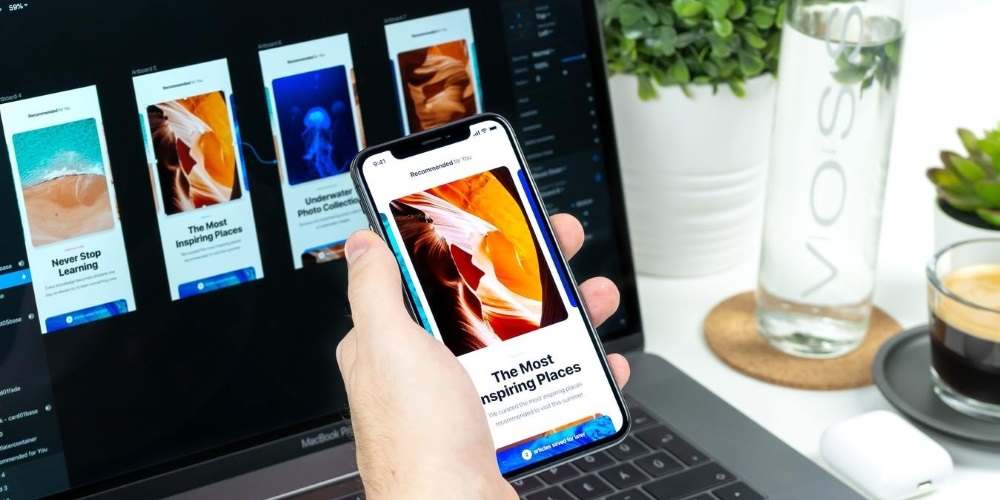“Content. Content. Content.” That is the mantra you will often hear from any digital agency or SEO company who say that to achieve higher rankings in Google you need to create excellent content. They are right because when Google’s spiders go out into the internet and analyse your website, one of the things they are looking for is content.
Content not only lets Google know what your website is about and thus what keywords you are trying to rank for, but it also contributes to the experience of your visitors. User experience is one of Google’s key differentiators and it means that the better your content is, the more Google will reward you in the only way they can…better rankings.
One problem that some website owners have is they think simply publishing content is enough. It is not. Content needs to be optimised, not just for those that read it, but also for Google’s spiders. Thankfully, most content optimisations are easy to implement and better still, some of what you implement optimises your content for both the user and for Google. Here are seven ways to enhance your content for SEO purposes.







